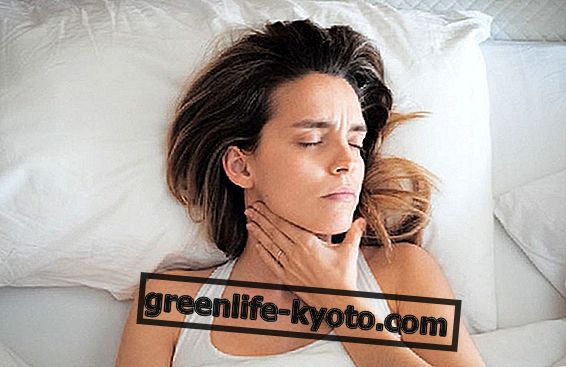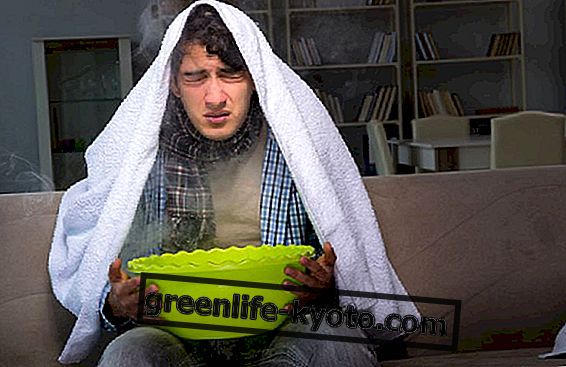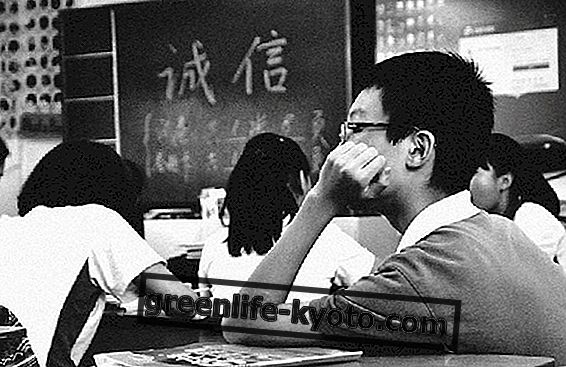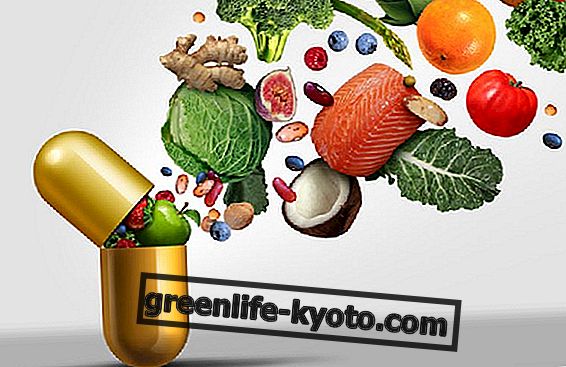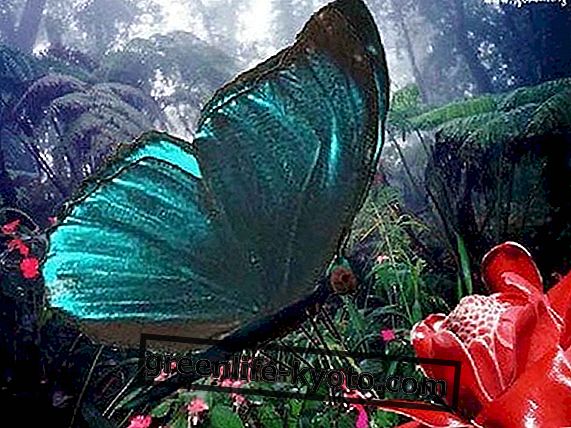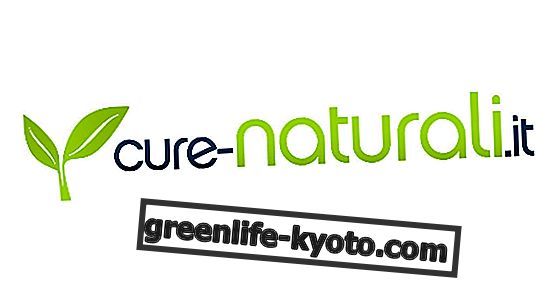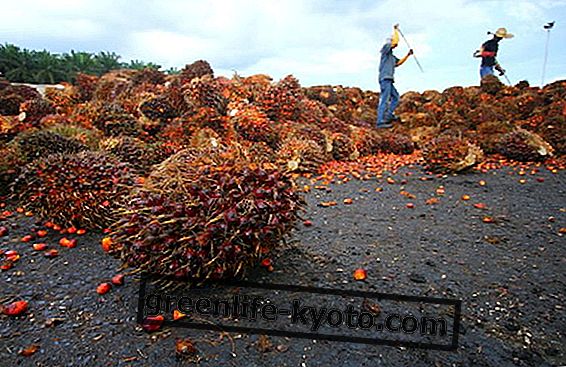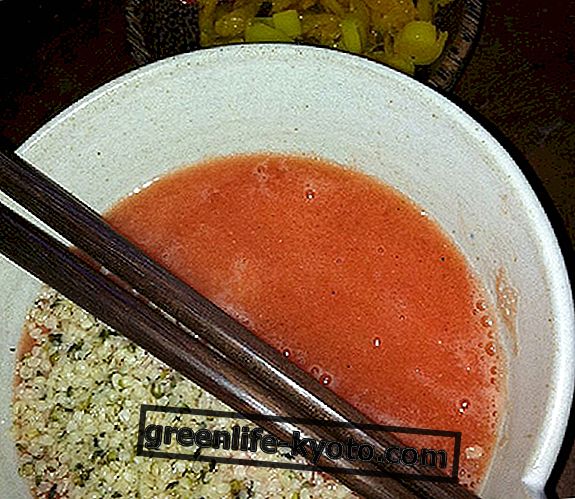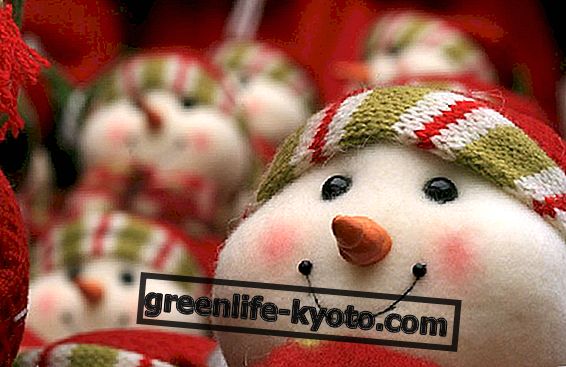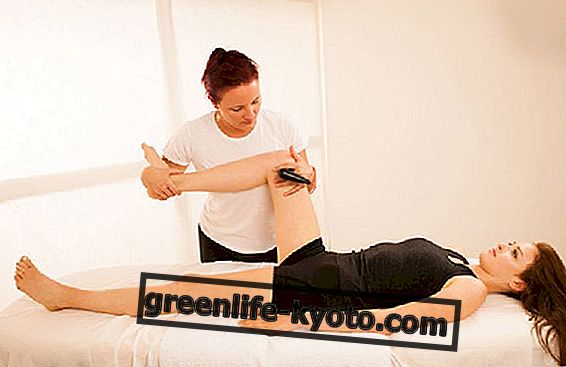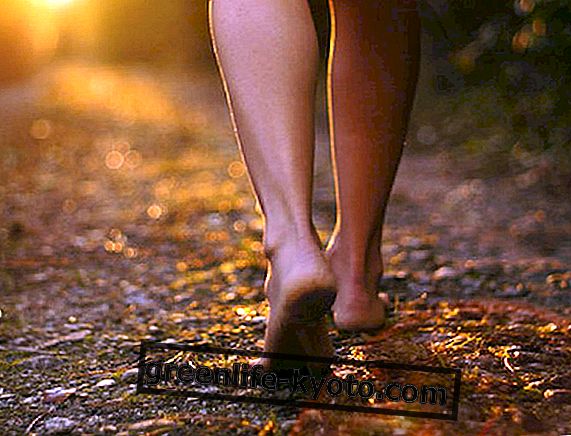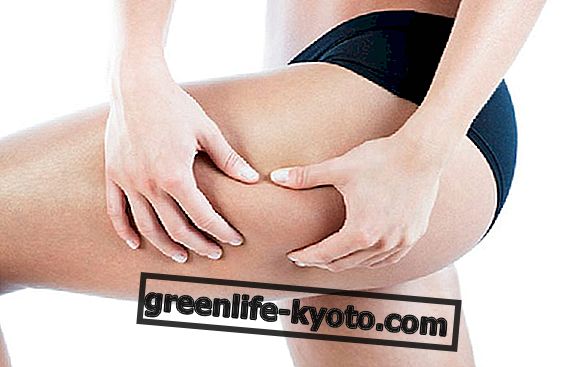
When the purchase of essential oils is approached for the first time, the prices, I regret to say, are one of the essences quality indexes . Essential oils are now found everywhere, from market stalls to herbal medicine, but often we don't know if the product we bought really has anything to do with the name of the plant on the label.
How can we tell if our essential oils are authentic? Here are some general information, useful for choosing and buying essential oils: value for money, essences that apparently cost little, but which are not 100% pure, or very expensive essences that are even listed on the stock exchange.
Because essential oils have different prices
If you pay attention to the shelf of essential oils in your herbalist's shop, you will notice that the essence labels all have different prices. The reason is related to the fact that in order to extract 10ml of essential oil, depending on the plant used and above all the drug (part of the plant used) a certain amount will be needed. Let's consider orange. The orange essential oil is obtained from the cold pressing rinds ; if we use the leaves, branches and unripe fruits according to the steam current distillation procedure we will obtain the essential oil of petitgrain; if we use flowers with the enfleurage method we will extract the essential oil of neroli. As you can see from the same plant, 3 different types of essences are obtained depending on the part used (drug) and the extraction technique used, with different properties and different yields.
For this reason, never buy different essential oils all for the same price: the yields and the availability of the plants are so different that for example the rose is one of the most difficult essences to distil, because it takes 6 tons of petals to get 1 kg of oil essential; and this little yield justifies, unfortunately, the high price of its essential oil, which is even quoted on the stock exchange. So very expensive oils are rose and jasmine (sold in tiny 1 ml bottles, they cost around 25 euros); medium-priced are lavender, ylang ylang, geranium which cost around 9-15 euros per 10 ml; finally the economic ones are lemon and eucalyptus (about 8 euros for 10 ml).
How to understand the purity of an essential oil
The degree of purity is another factor that affects the prices of essential oils . These volatile fractions appear as non-oily essences, concentrated in some parts of aromatic plants: flowers, resin, bark, roots, peel, leaves, fruits. They are not very soluble in aqueous solutions and are very soluble in fatty substances . They intensely stimulate the sense of smell, as they volatilize at room temperature and possess physical, chemical and therapeutic properties . The composition of an essential oil is much more complex than the sum of its constituents. So the essences chemically reproduced in the laboratory generate a mixture only apparently equal to the original, as shown by the comparison between the activity of natural substances and synthetic ones.
By law on essential oil packaging it must be reported if the essence is natural or synthetic. However, even when this is natural, it is not necessarily 100% pure. In fact, natural mixtures of essential oils or essences diluted in other vegetable oils are often found on the market. Essential oil means exclusively an extraction (steam distillation; or peel pressing in the case of citrus fruits; or enfleurage, if it is very precious petals or parts) of the plant material.
So how do you distinguish a real essential oil from one that isn't?
Essential oils and their sophistications
If we are in herbal medicine and we are about to buy, a way to evaluate quality, in addition to the prices of essential oils, is to see if the label carries all the necessary information (Italian-vulgar name, Latin-botanical, part used, extraction method, geographical origin, expiry date, etc.).
If the oil in question bears the inscription " for food use " this is an extra guarantee ; if the indication is "essence for environments" it cannot be used on the body and it will probably be synthetic. If it is sold in transparent bottles, instead of dark it cannot be authentic: essential oils alter with light.
The problem of sophistication in this field is of various kinds: from the extraction of the plant in propylene glycol, instead of by distillation, to even more coarse things, such as dilution of the true essential oil in vegetable oils or in alcohol. Phthalates are classic 'invisible' adulterants for aromatic substances, in particular resinoids, resins and 'heavy' essential oils. It goes without saying that, being substances on which any toxicity there is still no certain data, we would not want to spread them unknowingly on ourselves.
Of course, not all adulterations are dangerous. When the French lavender producer stretches it with linalool or linalyl acetate he is only cheating you but not poisoning you; when he sells you a Tasmanian lavender as if it were lavender from the French Alps at 1400 meters, he is only asking you for four times the price, but lavender is original. Other times the expensive essential oils are "reconstructed" by taking fragrant fractions of less valuable oils and mixing them to get as close as possible to the scent of the plant to be imitated: in this case we will have a natural oil but with the plant declared on the label and its essential oil has nothing to do (and it is a scam). In conclusion, in the field of essential oils good opportunities do not exist, if it is cheap or does not contain the words "100% pure" it is probable that it is not authentic and therefore cannot be used in the cosmetic or therapeutic field.
